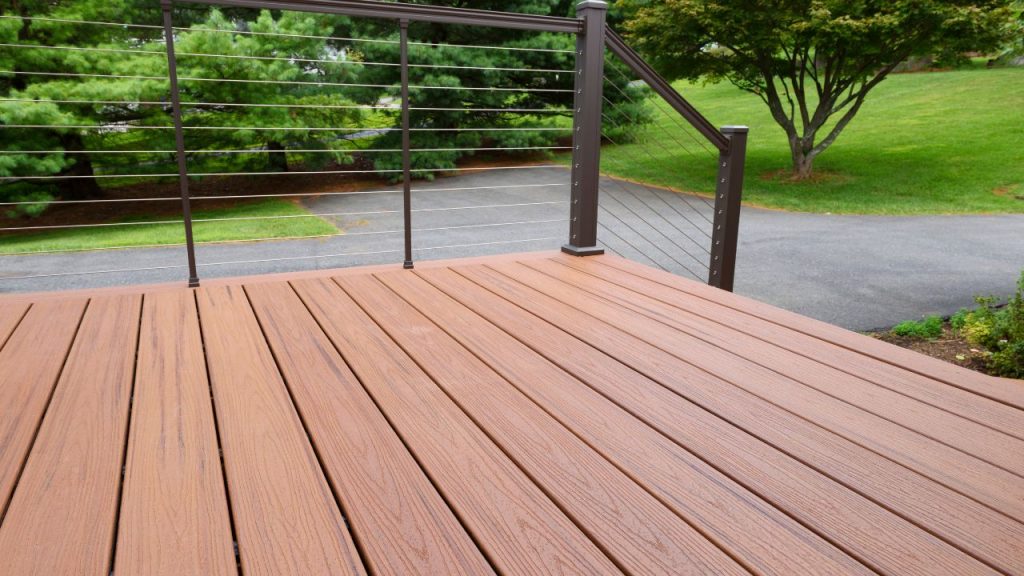Introduction:
Due to its special qualities, wood plastic composite (WPC) is a new material that is becoming more and more popular in a variety of industries. It is a composite substance comprised of plastic, wood fiber, and additives. These components work well together to create a product that has superior mechanical, physical, and chemical qualities. WPC can be used for a variety of things, including cladding, furniture, outdoor decking, fencing, and flooring. This study will assess the WPC manufacturing process’s economic and technological viability.
Technical Evaluation:
To produce WPC, a homogenous mixture of wood fibers, polymers, and additives is first formed, after which the mixture is extruded into the appropriate shape. The technical evaluation will evaluate the necessary equipment, the availability of raw materials, the manufacturing capacity, and the quality control procedures.
Start a Business in Wood Plastic Composites (WPC) Industry, Click Here
Equipment: A mixer, an extruder, a cooling system, and a sizing machine are the main pieces of equipment needed to produce WPC. To create a consistent mixture, the wood fibers, plastic, and additives are mixed together in a mixer. The cooling system cools the extruded product as the extruder melts the plastic and shapes the mixture into the required shape. The product is chopped to the required length using the size machine.
Raw Materials: Wood fibers, plastic, and additives are the primary basic materials required for the creation of WPC. Sawdust, wood chips, and other types of wood waste can all be used to make wood fibers. Plastics such as high-density polyethylene (HDPE), polypropylene (PP), and polyvinyl chloride are frequently utilized in the fabrication of WPC (PVC). To improve the qualities of the finished product, other additives are also added to the mixture, such as coupling agents, lubricants, and colours.
Related Business Plan: Wood Plastic Composite (WPC)
Production Capacity: The length of the manufacturing line and the accessibility of raw materials affect WPC’s production capacity. 500–1000 kg of WPC may typically be produced per hour on a production line. More production lines might be added or an existing line upgraded to boost the production capacity.
Quality Control: To ensure that the product fulfils the necessary requirements, quality control procedures are essential in the production of WPC. The raw materials are examined for quality and purity, the mixing procedure is watched, the temperature and pressure during extrusion are measured, and the finished product is examined for sturdiness and durability.
Read our Books Here: The Complete Book on Construction Materials
Economic Evaluation:
The cost of producing WPC, including the price of labour, equipment, raw materials, and overheads, will be evaluated. Also, it will assess the profitability of WPC production and market demand.
Cost of Raw Materials: The cost of raw materials is influenced by the quantity and calibre of plastic, additives, and wood fibers. Whereas plastic materials cost between $1000 and $1500 per tonne, wood fibers are priced between $150 and $250 per tonne. The price of additives varies according to their nature and usage.
Equipment Cost: The price of a piece of equipment is determined by its type and manufacturing capability. Costs for a standard WPC production line with a 500 kg per hour capacity range from $200,000 to $500,000. The price of installation, upkeep, and repairs are possible extra charges.
Labor Cost: The cost of labour is based on the length and width of the production line and the number of workers needed. Three to four personnel are often needed in a production line, including a production manager, a machine operator, and one or two assistants. The monthly labour expense can be in the $10,000–$20,000 range.
Overhead Cost: Rent, utilities, insurance, and other costs not directly associated with production are examples of overhead costs. The location, size, and kind of the production facility can all affect the overhead cost.
Market Demand: As a result of their distinctive qualities and environmental advantages, WPC products are becoming more popular.
See More Links:
- Start a Business in Asia
- Start a Business in Potential Countries for Doing Business
- Best Industry for Doing Business
- Business Ideas with Low, Medium & High Investment
- Looking for Most Demandable Business Ideas for Startups
- Startup Consulting Services
- Start a Business in Africa
- Start a Business in India
- Start a Business in Middle East
- Related Videos
- Related Books
- Related Projects
- Related Market Research Reports
𝐂𝐨𝐧𝐭𝐚𝐜𝐭 𝐮𝐬
NIIR PROJECT CONSULTANCY SERVICES, DELHI
An ISO 9001:2015 Company
ENTREPRENEUR INDIA
106-E, Kamla Nagar, Opp. Mall ST,
New Delhi-110007, India.
Email: npcs.ei@gmail.com
Tel: +91-11-23843955, 23845654, 23845886
Mobile: +91-9097075054, 8800733955
Website: https://www.entrepreneurindia.co
OF_20Art23
